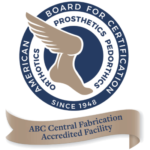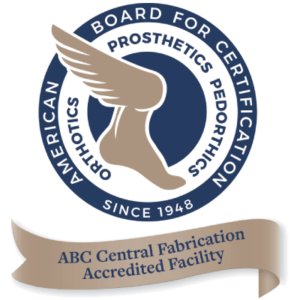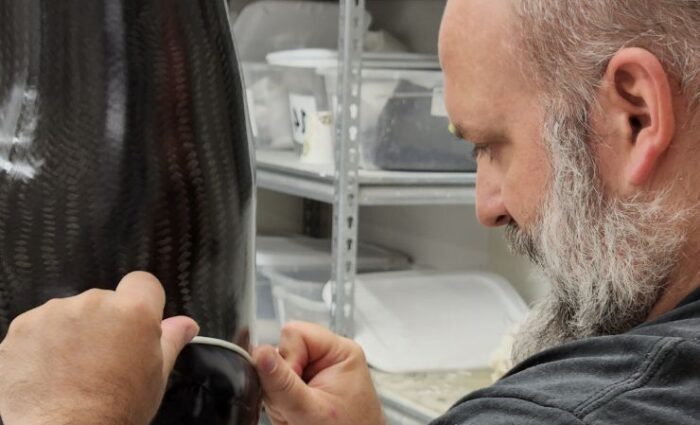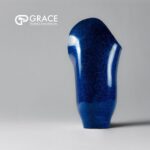What are custom prosthetics usually made from?
Over the years, prosthetic design has advanced by leaps and bounds, allowing manufacturers to develop more complex prosthetic designs and features. With more advanced processes being developed including the use of 3D printing and other methods, it’s an exciting time for those who rely on prosthetics and orthotics.
We get asked a lot of questions, but the first thing that people are often curious about is what type of materials are used in the central fabrication of prosthetics. Today, we’re going to give you a basic rundown of the prosthetic materials that are used in each general category.
Basic Prosthetic Materials
First and foremost, it’s important to go over the basic elements of prosthetic design. Most industry experts will split this into three categories:
- Prosthetic Socket — The prosthetic socket is the primary apparatus that fits around a person’s residual limb and is made from a variety of materials depending on the stage of design and implementation.
- Components — Connective components and prosthetic joints are typically made of either aluminum, stainless steel, or titanium, depending on preference and the specific component.
- Consumables — This category includes items such as liners, knee sleeves, and socks, which consist of silicone, TPE, rubber, and a variety of other materials.
Diagnostic Socket Fabrication
The process of designing a prosthetic socket begins by taking a plaster cast of a residual limb and then developing a clear plastic socket. This is used for a short period of time and helps the designer optimize the socket fit, adjust the prosthetic’s alignment, and ensure that it’s both functional and comfortable. In addition to clear plastic, this diagnostic socket uses materials such as thermoplastic sheets, fiberglass, and carbon fiber in its production.
Definitive Socket Fabrication
The next step involved is the definitive socket fabrication where the diagnostic prosthetic is basically duplicated into a permanent form. This takes any adjustments into account to provide patients with a permanent prosthetic that has the highest level of functionality and comfort. The prosthetic materials involved include a compressible liner that’s often made with pelite, followed by the application of materials such as carbon fiber, fiberglass, stockinette, perlon, and/or nyglass. This is followed using acrylic resin, foam, putties, and similar materials to complete the process.
Interim Socket Fabrication
Let’s back up for just a moment. Prior to the diagnostic socket, patients first use an interim socket. This is the first step following an amputation and is only worn for a few months so patients can have a physical limb while the residual limb shrinks and changes shape. This part of the process uses similar prosthetic materials as the diagnostic socket.
Exoskeletal Socket Fabrication
For those who are looking for a more cosmetically shaped prosthesis, one can opt for an exoskeletal socket fabrication. The creation of the socket begins with an expanding foam placed around the socket, which may use an aluminum or carbon puck. The prosthetic materials used are the same as the definitive socket but include additional laminations to strengthen the prosthetic and give it a more cosmetic appearance.
Recreational Socket Fabrication
Lastly, we come to a specialized form of socket fabrication that involves functionality over presentation. These include prostheses for athletic activities such as running, rock climbing, weightlifting, cycling, surfing, and more. All of these applications use similar prosthetic materials as definitive sockets, but their design is specifically customized for the patient’s preferred or targeted activity.
Contact Grace Prosthetic Fabrication to Learn More About Our Central Fabrication Efforts
Grace Prosthetic Fabrication has been in an industry leader in prosthetic central fabrication for more than 32 years. If you have any questions about prosthetic materials or need any other assistance, give us a call at (800) 940-5347.
Our technicians can design and fabricate custom prosthetics to meet your patients’ needs and help them enjoy their lives and the activities they love doing!






